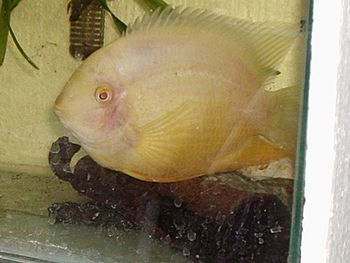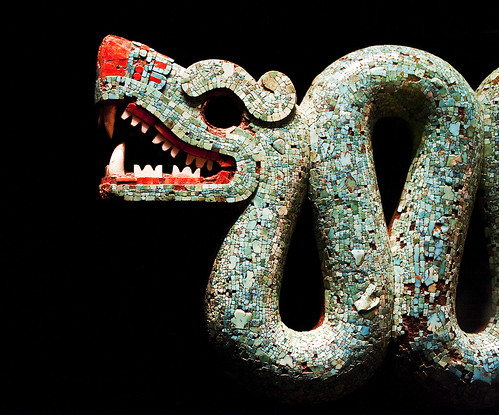 |
|
Licensed under CC BY-SA 3.0 via Commons.
|
As the name enunciates all, this beauty does not need much of an introduction. The blue face angelfish has a blue face with a yellow colored mask on eyes and the body a mixture of these two shades. The body is well textured and looks like a painter's color pallet with the body starting from blue color, then yellow color, next part gives an impression of a yellow or white colored net on a blue body and the tail is of yellow color. It looks very attractive with its intense and vibrant shades.
These Blue Faced Angelfish are found in the Indo-Pacific Oceans, ranging from the Maldives to Vanuatu. They dwell in lagoons, reef slopes and channels with fertile algae growth. You can even find them near caves and they prefer roaming all alone. As they are large in size they need bigger tanks because of their huge size, they grow about 15 inches. Unlike others, blue face angelfish sometimes get aggressive towards their own type, only one angelfish should be kept per tank because of their length. Aggressive yet adjusting, it takes only a while to get adjusted, they even become friendly after some time.
Angelfish like to feast on coral, invertebrates and sponges; they can be on brine shrimps too. They are considered as big foodies, they can consume pellets of frozen foods. Be careful with the water quality for these fish, they find it difficult to tolerate nitrate and living with high nitrate levels is just impossible. Not only nitrate, ammonia and nitrite levels should also be at their lowest levels. They preferably want the water temperature to be in a range of 26 degree Celsius to 28 degree Celsius and a pH level of 8.1 to 8.4 would be perfect.
The aquarium must have rocks and plants and vegetation so that this blue face angelfish can get enough space for hiding and swimming. As this fish is aggressive and bit violent, take care of the surroundings that do not give a threat to the fish and put a strain on it.
Although an aggressive is famous for violent behavior still they are easy to keep. Their vibrant and intense colors make it attractive and expensive. So beware of this beauty, bringing this blue face angelfish is not a problem, you just have to be extra careful with it.
Chintamani Abhyankar is an angelfish enthusiast and has been raising and breeding angelfish for many years. Article Source: EzineArticles |






